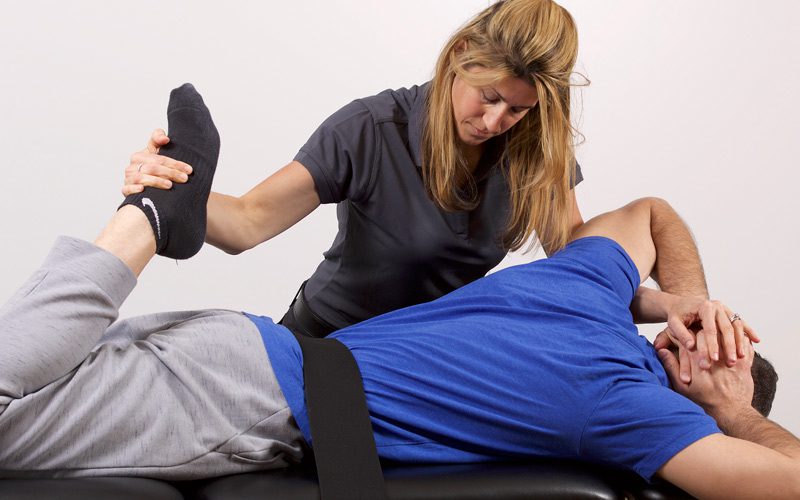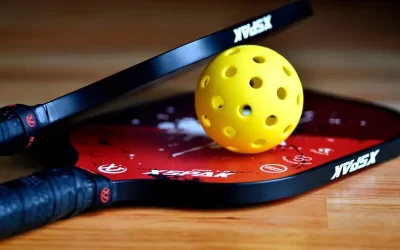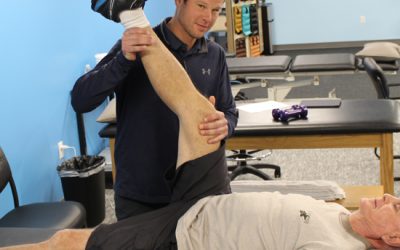By Kate Serodio, DPT

From childhood, we’ve all been reminded to sit up tall, not slouch, stretch, and pull your shoulders back for good posture. If you engage in a sport or even go for a walk, it has embedded in your mind “make sure you stretch before, after, and maybe even in between”. If something hurts, “just stretch it out.” We have all accepted this as common knowledge and most of us have never questioned this advice. But why haven’t we questioned this? We do not question it because stretching is an instinct.
Stretching is instinctive for both animals and humans. You wake up in the morning, what do you do? You stretch, it feels good. You yawn, what happens? Naturally, you stretch. You sit on a plane for hours wondering why an airline that would ever make seats this tight. You finally stand up, what do you do? You stretch! And swear you’ll consider buying extra leg room next flight! Your body knows what you need. You need to stretch! We all intuitively know that stretching is good for us.
Pain reduction, increased mobility, posture improvement, better sleep and even weight loss are all benefits of regular stretching.
Numerous supportive research articles support the benefits of stretching. The literature has concluded that the three main stretch types (static, dynamic and pre-contraction facilitation (PNF)) are all beneficial for increasing range of motion or mobility. In fact, a 2011 randomized control trial by marshal et al. found a 20% increase in H.S flex after a 4-week stretching program, that’s a lot! A systematic review performed by Harvey 2002 resulted in an increased flexibility across several joints. They concluded that regular stretching can increase joint range-of-motion by a mean 8 degrees for >1 day after stopping stretching! This is very encouraging; your stretching gains are still present over a day later. It is important to note that PNF stretching, in comparison to static and dynamic stretching has been found to cause larger magnitude of gains within subjects range of motion both active and passive (Hindle et al). Therefore, PNF has been shown to be the superior stretch type for increasing joint mobility.

There is no doubt that stretching increases flexibility but the more recent controversial question has been does stretching increase performance? The recent literature has suggested that PNF stretching and static stretching prior to exercise has been found to decrease performance when maximal muscle effort is requires such as during sprinting, plyometrics, cutting, weightlifting, and other high intensity exercises (Hindle et al). However, key et al 2012 did a systematic review and found that performance was only compromised with longer duration of stretch holds >60 seconds. Dynamic stretching, on the other hand, has been found to increase performance prior to sport in numerous studies (Page 2012). Therefore, it is fair to say that all stretch types are appropriate for increasing mobility and performance in submax activities such as jogging but when your goal is to enhance performance for a maximal muscle effort you should opt for a dynamic stretch prior to the event.
Stretching for Injury recovery has been well documented to be beneficial and is used in almost every post injury rehab protocol. The literature is limited on stretching alone as most studies have stretching combined with strengthening and other modalities.
As a Physical Therapist, I can tell you that stretching is extremely beneficial and nearly always a needed intervention for recovery. When you have an injury the resulting scar tissue is weaker, less elastic, and highly prone to re-injury since it does not have the same elasticity as your prior healthy tissue.
Stretching during the healing process and remodeling phase allows for the scarring to be minimal and the damaged tissue will be able to function as it is designed. If stretching is not introduced you will most likely suffer fibrotic tissue that will lack the mobility needed to function.
So, why stretch?
You’re aging:
As most of us know, as we age we lose mobility. Bassey et al 1989 found that flexibility has been shown to decrease up to 50% in some joint areas with chronological age. From a population base of 1000 elderly men and women and they found 10 deg loss of flexibility per decade! It is unfortunate but as we age, we lose mobility. Without stretching, loss of motion and function is inevitable.
You have Poor Posture:
Poor posture over time leads to injuries due to poor alignment of your bones and soft tissues. The result are muscle imbalances and potential impingement from abnormally biomechanics. You need to stretch in order to maintain correct alignment, which will ultimately prevent injury and keep you upright and moving with full strides
You want superior Performance:
Perhaps you are an athlete looking for that cutting edge. Stretching with PNF has been shown to have a significant increase in both stride rate and stride length (caplan et al) Routine stretching could be the difference for a runner winning a silver or a gold. Perhaps you do CrossFit or you are a body builder. As you build strength the result is small micro tears in the muscles in order to build more muscle, this is a natural process of building muscle but over time, you will see mobility loss without incorporating stretching
You have Pain:
Stretching increases blood flow to your joints and muscles. It opens the fascia and helps pump blood so it can flow more freely through. This helps alleviate pain and helps expedite the healing process
You want a relaxing experience that benefits your body:
Stretching feels good. As we discussed, you instinctively want to stretch, your body knows it is good for you. Regular stretching either self or assisted can be relaxing and therapeutic. It can help improve hydration, improve circulation, elimination of waste, reduce stress, and improve sleep.
Professional One-On-One Assisted Stretching is sweeping the nation!

Now available in the Seacoast!
We all know we need to stretch but unfortunately we either don’t make time for it, we’re afraid to injure ourselves, we don’t know how to stretch, or we struggle stretching ourselves due to lack of mobility. Those that are not disciplined or simply aren’t flexible enough should seek out a professional stretcher. Even someone that can independently stretch would benefit from a professional stretcher, since it is impossible to stretch yourself as good as someone else can. Fortunately, there is a a new PROFESSIONAL STRETCHING BUSINESS in Portsmouth that can do your stretching for you! Rezilient a stretch studio providing individual assisted manual stretches for the full body. Rezilient has trained stretchers that provide one-on one hands on stretching in a comfortable spa like environment. The various treatments are backed by science and created by highly trained Physical Therapists: Dr. Kate Serodio (owner of Rye Physical Therapy) and Dr. Dan Fleury. For more information, please visit www.Rezilientme.com
Bassey, E.J., et al. 1989. Flexibility of the shoulder joint measured as range of abduction in a large representative sample of men and women over 65 years of age. European Journal of Applied Physiological and Occupational Physiology, 58 (4), 353–60.
Proprioceptive Neuromuscular Facilitation (PNF): Its Mechanisms and Effects on Range of Motion and Muscular Function. Kayla B. Hindle, Tyler J. Whitcomb, Wyatt O. Briggs, and Junggi Hong
Med Sci Sports Exerc. 2012 Jan;44(1):154-64. doi: 10.1249/MSS.0b013e318225cb27. Effect of acute static stretch on maximal muscle performance: a systematic review. Kay AD, Blazevich AJ.
A randomized controlled trial for the effect of passive stretching on measures of hamstring extensibility, passive stiffness, strength, and stretch tolerance
Paul W.M. Marshall. Anthony Cashman, Birinder S. Cheema. School of Biomedical and Health Science, University of Western Sydney, Australi Int J Sports Phys Ther. 2012 Feb; 7(1): 109–119.
Current Concepts in Muscle Stretching for Exercise and Rehabilitation. Phil Page, PT, PhD, ATC, CSCS, FACSMER




